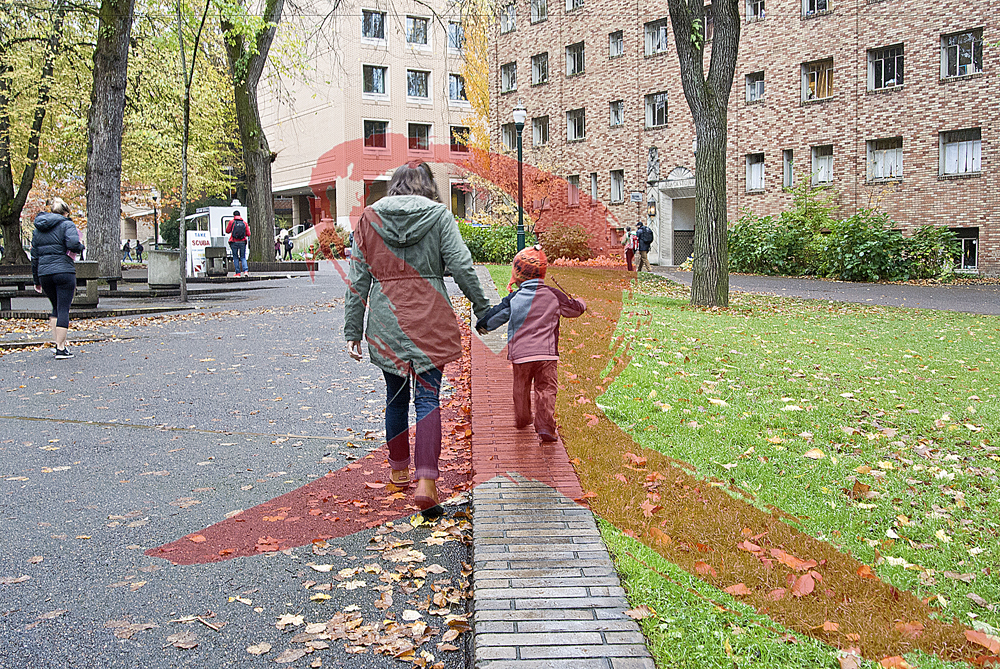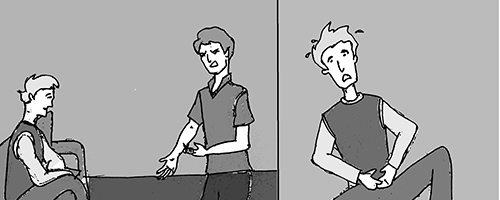If you say, “That’s like finding a cure for AIDS,” it means that something’s next to impossible. Like cancer, HIV/AIDS is something no one wants to hear after a test.
Though living with the disease has changed dramatically over the last 20 years with the development of medications that extend lives and allow people to experience a relatively normal day-to-day existence, it’s still incurable and seen as a life sentence. Children born with it face a life of taking prescription drugs to keep it in check.
That is, until recently.
There are signs that the virus has possibly met its match, and these signs exist in the body of a three-year-old girl. She may hold the secrets to ensuring that children born HIV-positive can be cured and grow up to live disease-free lives. The inheritance of the virus may be at its end.
What does this mean? Only that the 900 children who, according to UNAIDS, are newly infected with HIV every day…won’t be. 900 children. Multiply that by 365 and you get 328,500. Almost 330,000 children every year could be offered a life free from medication and free from the knowledge that, sooner or later, they could succumb to the effects of the disease.
How is this possible? Well, doctors are keeping an eye on this little girl in Mississippi and hoping they’ll be the first to find out.
Here’s the story. Her mother had not received any prenatal care when she arrived at the hospital to deliver. She was given a routine test for HIV during labor and the test came back positive. The baby was put on anti-retroviral medicines 30 hours after her birth. Normally, when expectant mothers are diagnosed with the virus, they are put on drugs throughout their pregnancy to prevent mother-to-child transmission. This never happened, so the chances of the little girl responding well were dramatically reduced.
The mother left the hospital and doctors didn’t see the baby again until she was 23 months old. They discovered her mother had taken her off the drugs after she was a year old. Once again, in normal cases, children will take the drugs the rest of their lives to stay virus-free. When they tested her, however, she appeared to be free of HIV, even though she wasn’t taking anything. It’s still early, and because healthy skepticism is good, they are cautiously monitoring her and hope to one day say she is cured.
This is the best news I have heard in a long time. When we are constantly bombarded with gloom and fear, the idea that a disease that has gripped our planet with its vile, clenched claws could have lost its power is life-changing. World-changing.
According to an NPR report, more than nine out of 10 of the world’s 3.4 million HIV-infected children live in sub-Saharan Africa, because mothers there do not have access to prenatal or postnatal care and are never diagnosed. Many don’t even know they’re sick. Children are born and taken home, and it’s only when they start suffering from respiratory problems or other HIV-related issues that they are discovered to be infected. By then, it’s often too late for the medication to have an effect—if they even have access to it in the first place.
This little girl from Mississippi might have just changed things.
There’s something about babies. Children being born with a disease that will eventually kill them is one of the hardest things to witness. Visiting orphanages in Brazil and Kenya some years back, I saw firsthand the effects of mother-to-child transmission. It was heartbreaking. Children are supposed to be brought into the world with joy and celebration. These little ones, like many others, were given away. Their lives were devoid of much hope.
From day one, they’re fighting uphill battles. Life shouldn’t be that hard. Surviving another day shouldn’t be their goal. It’s not right. You hold them in your arms, and you know they deserve so much more. They deserve the world.
Here’s the hoping they get it soon.





